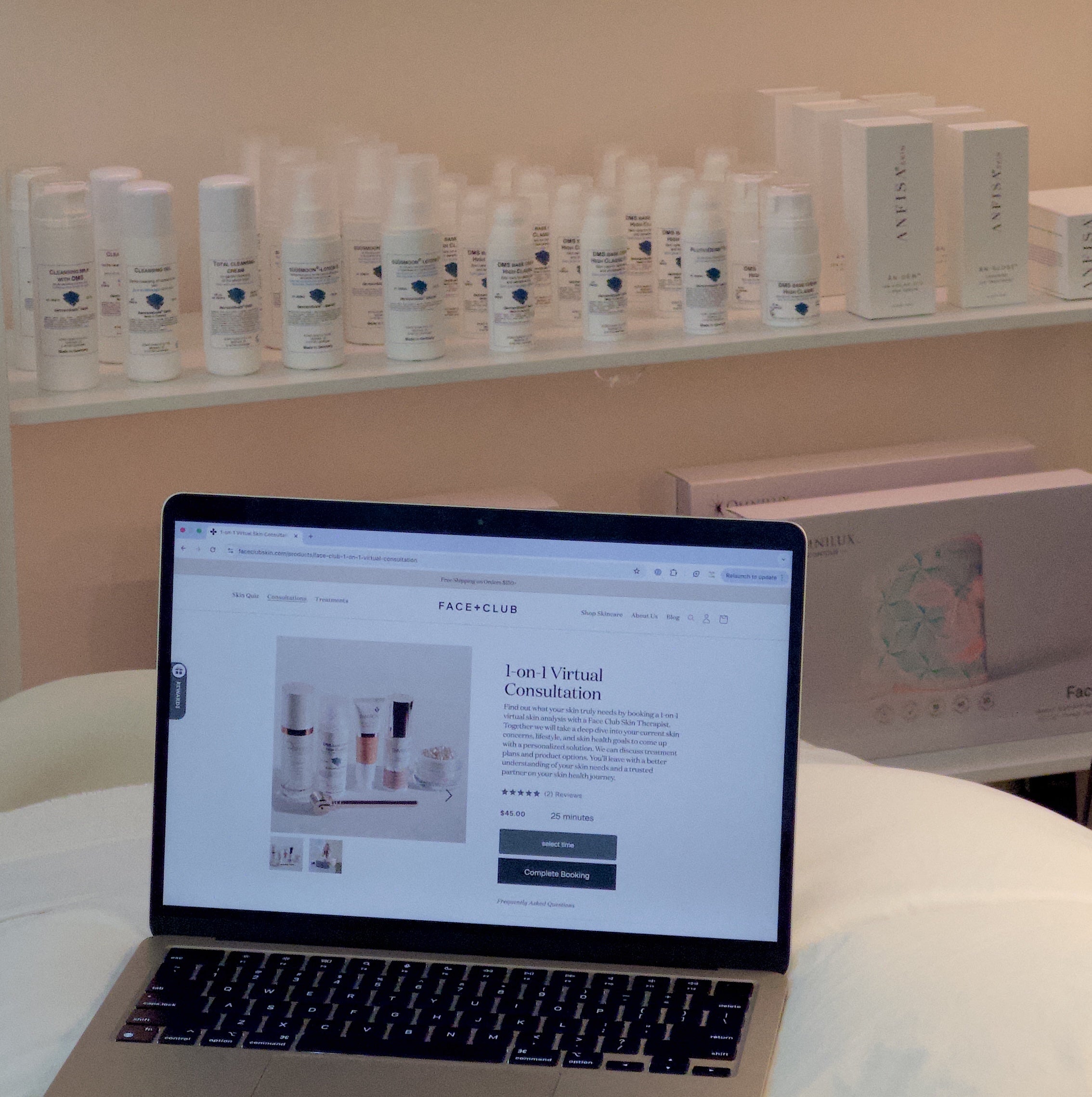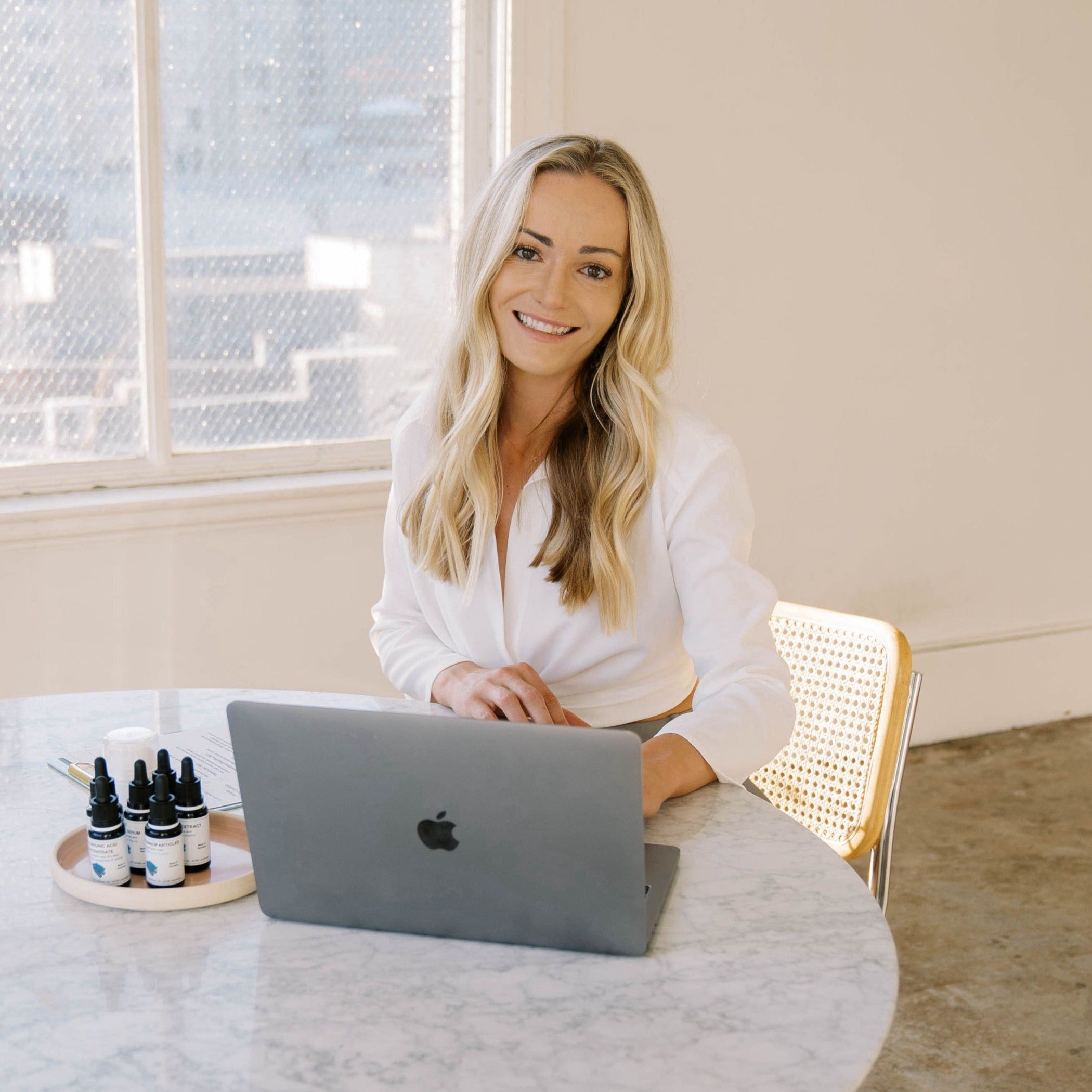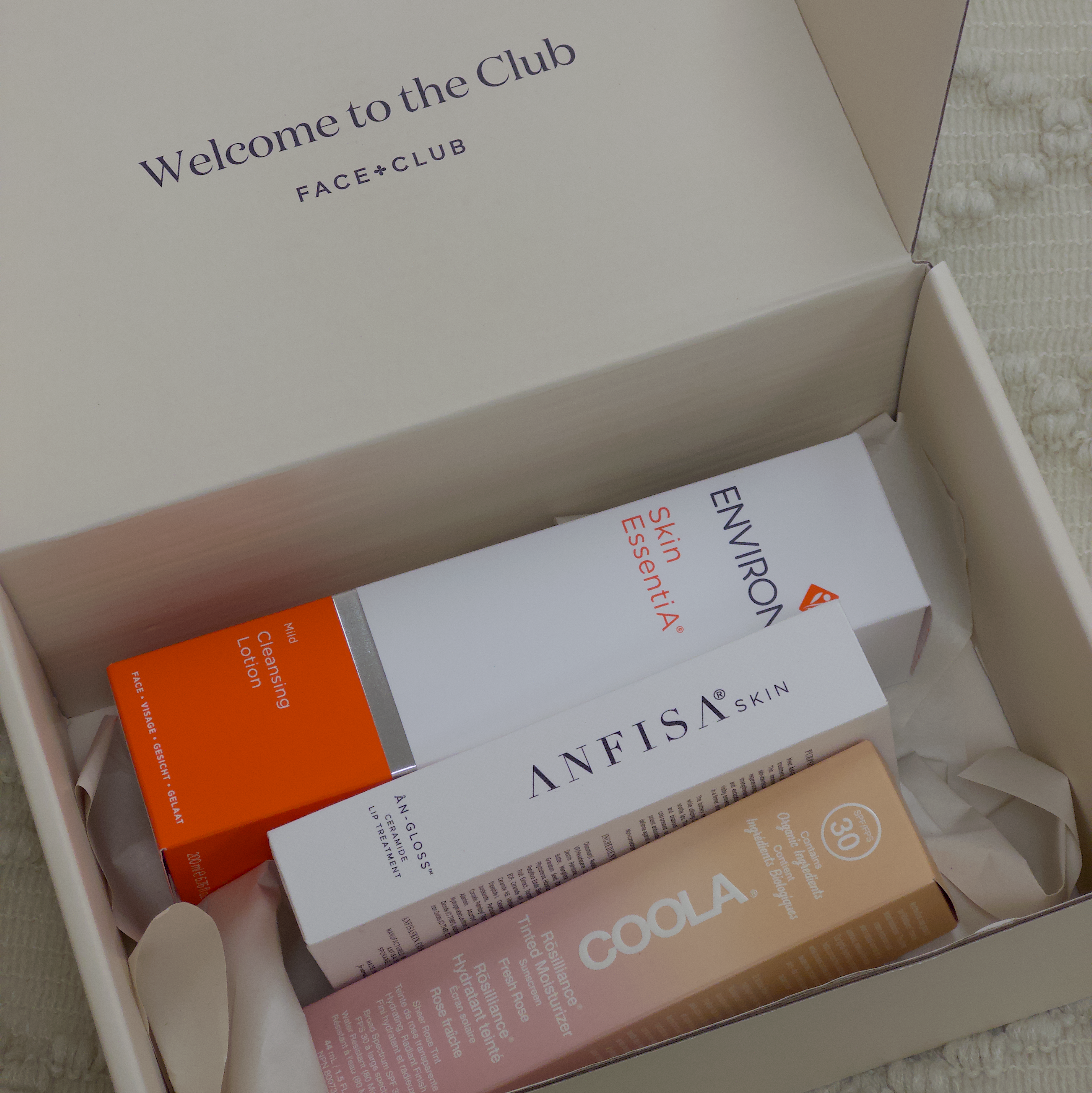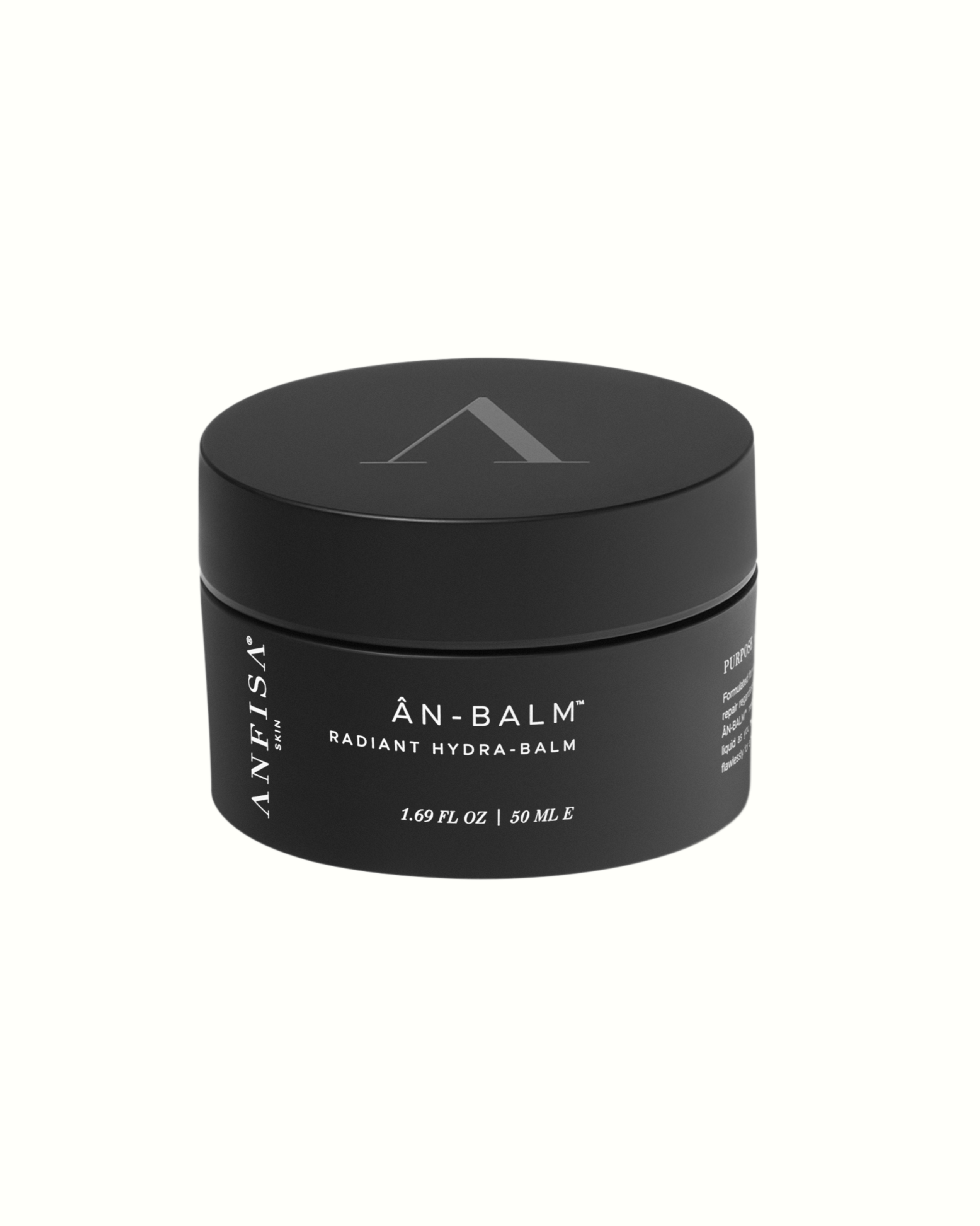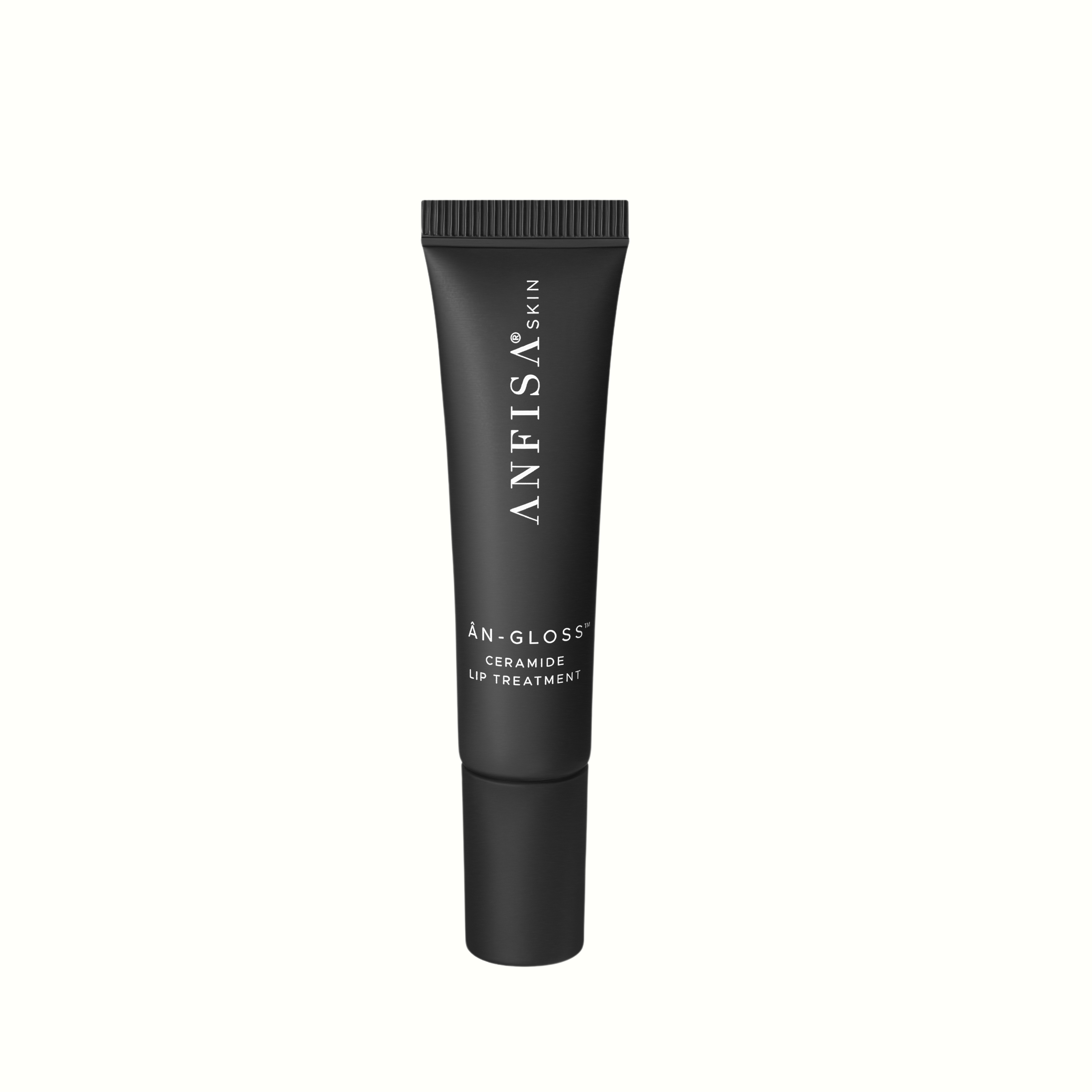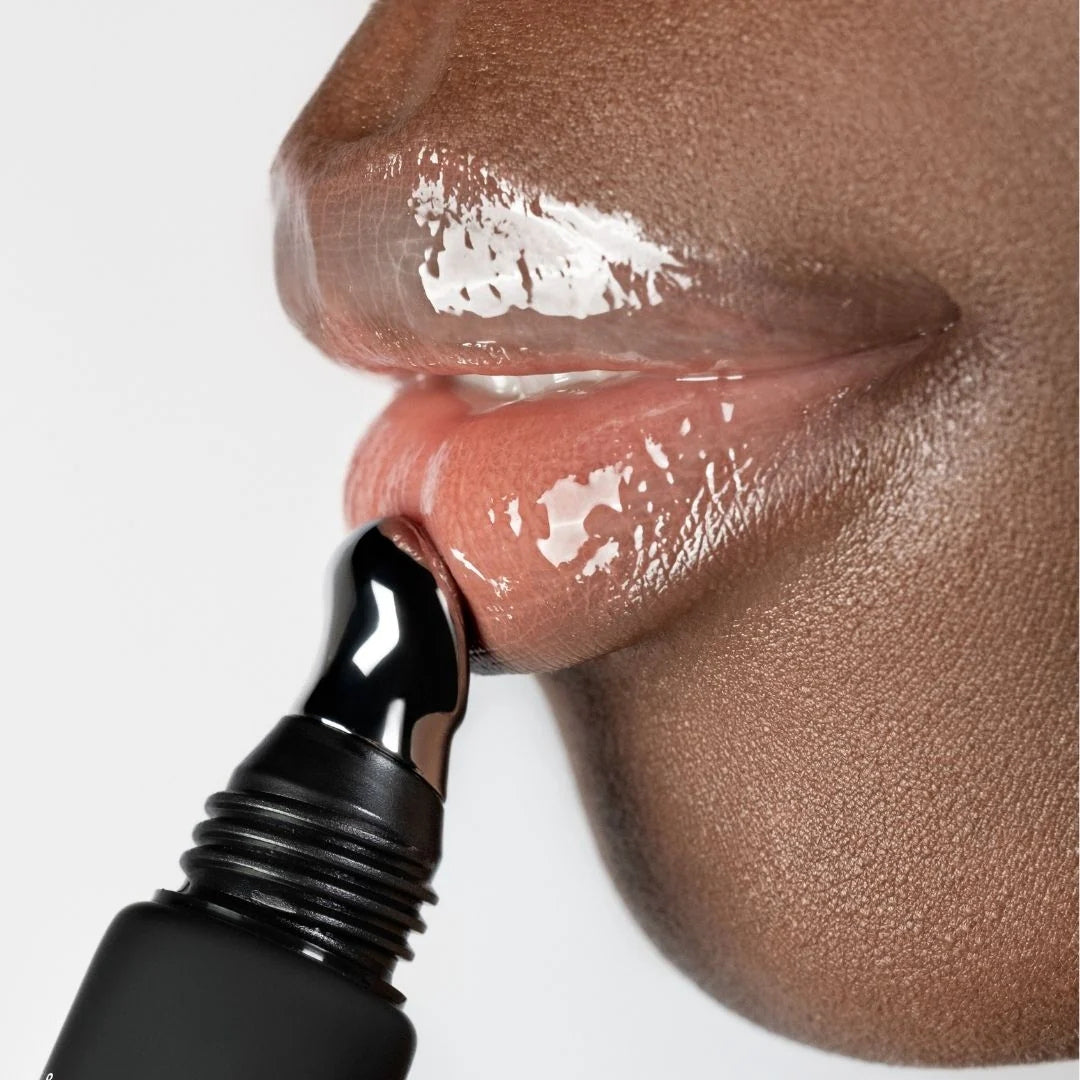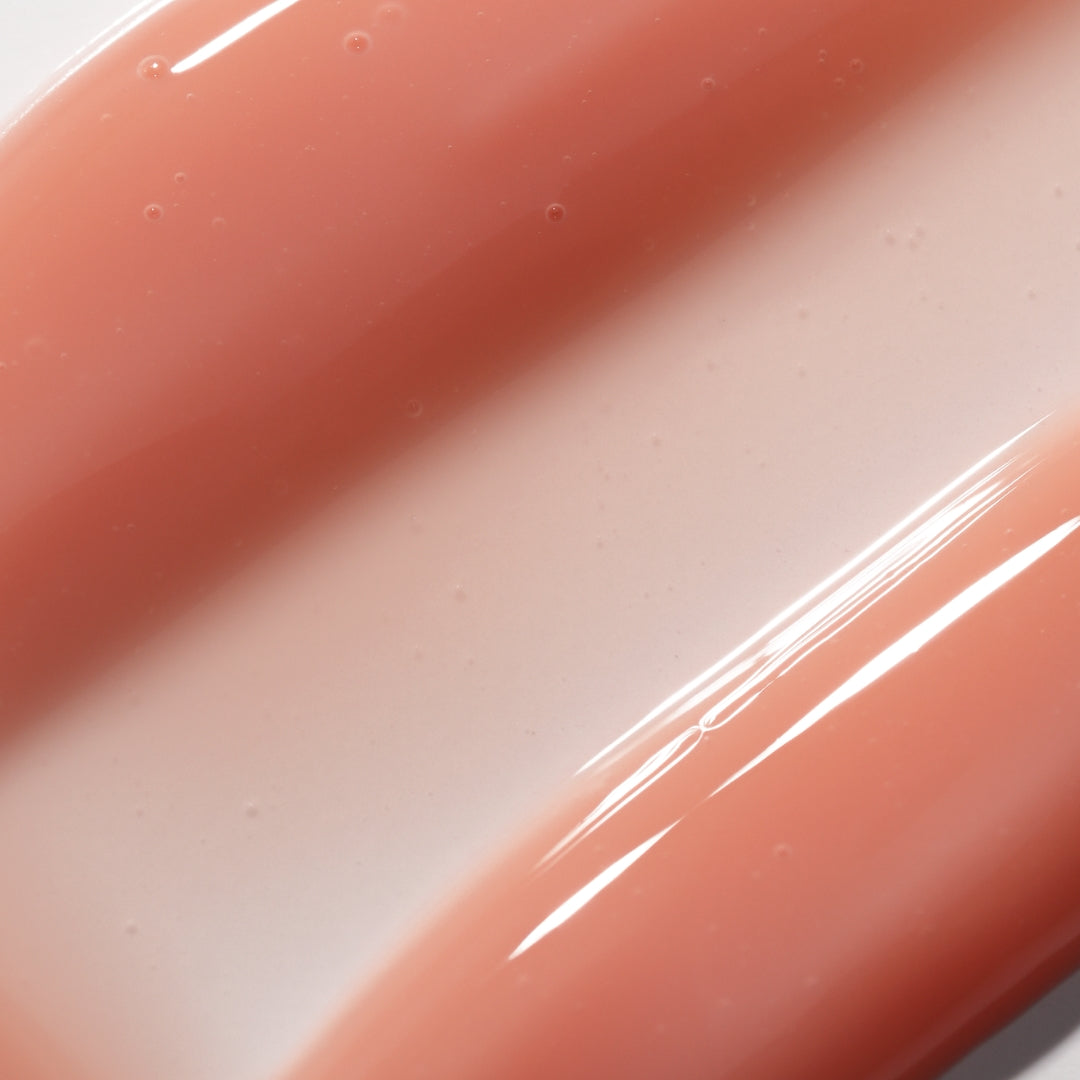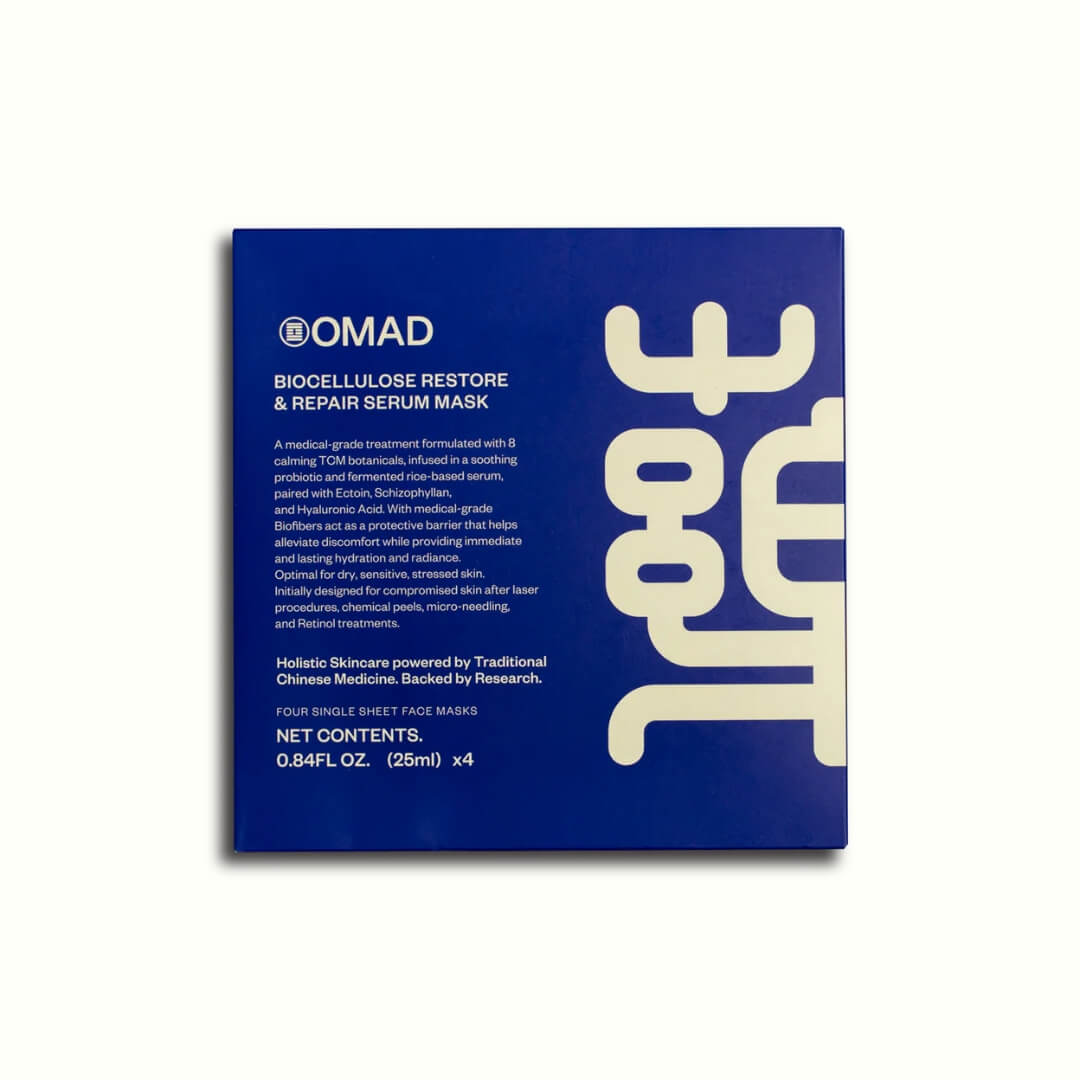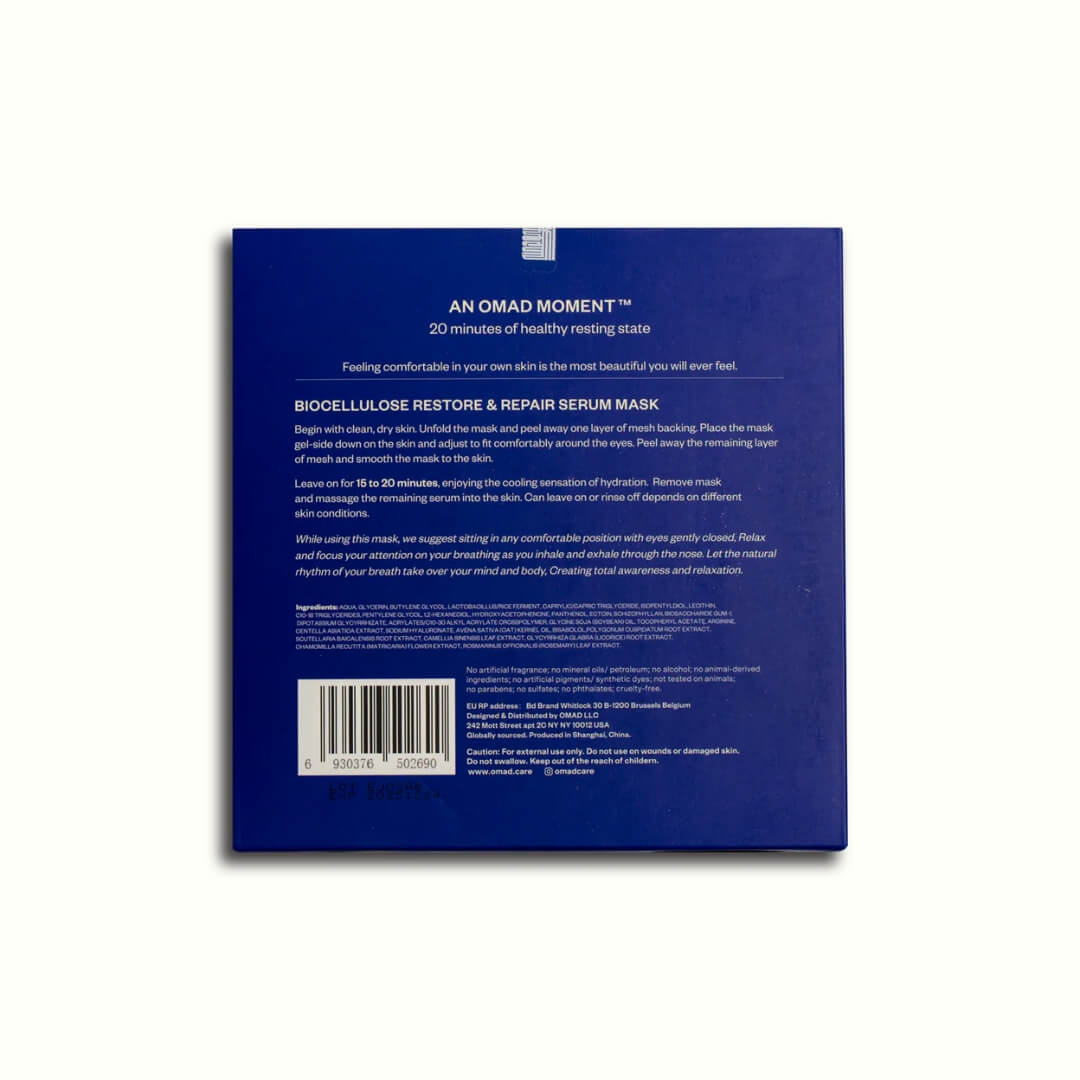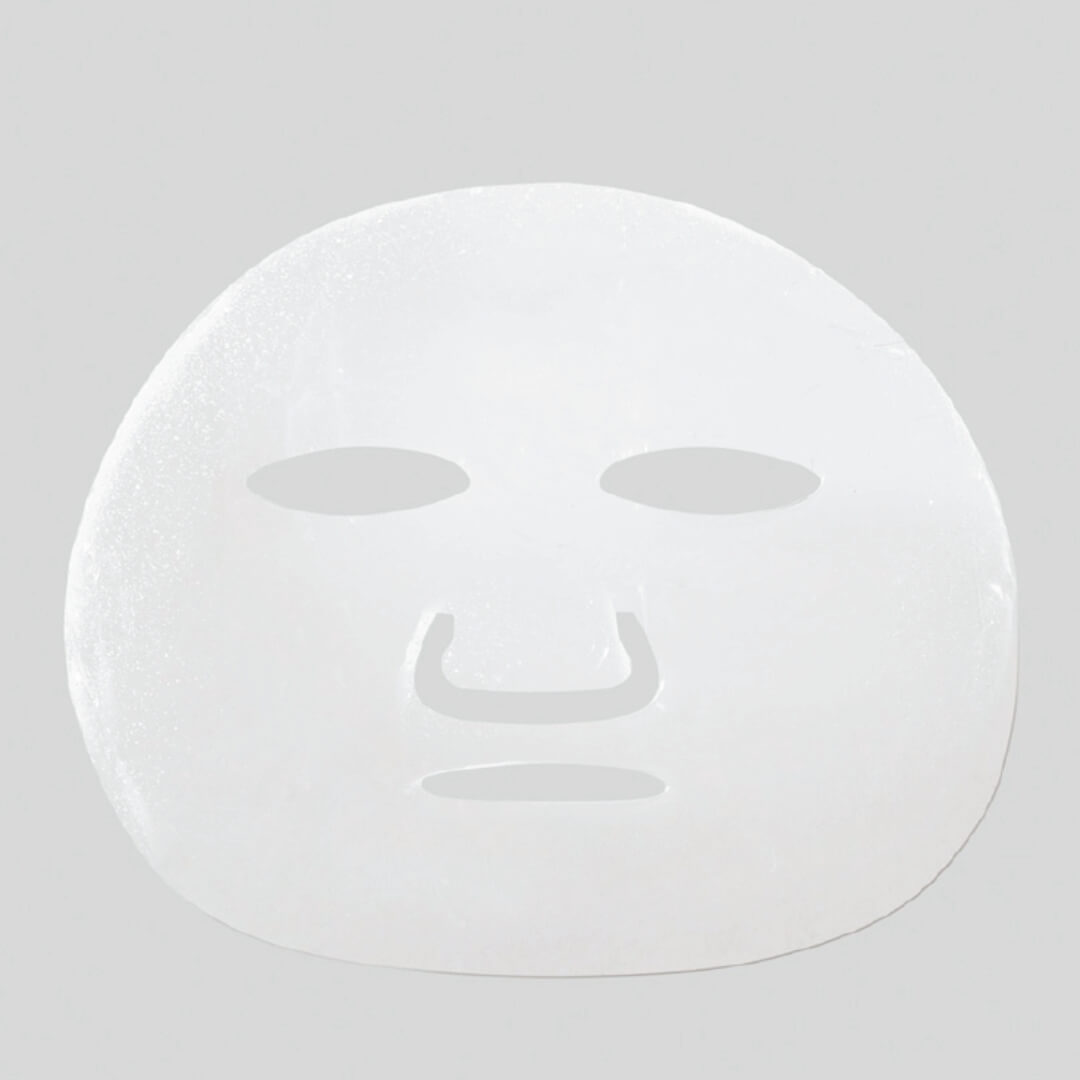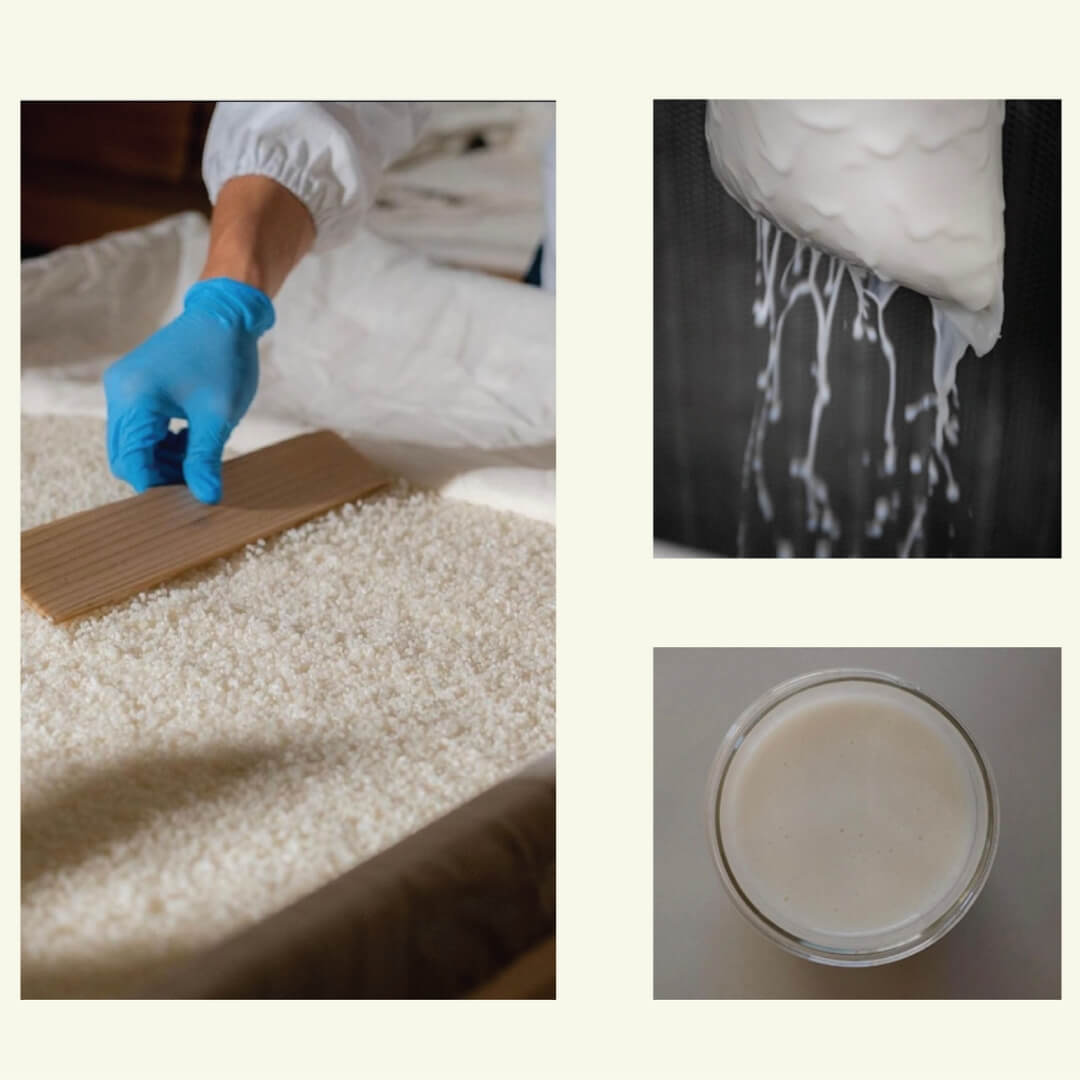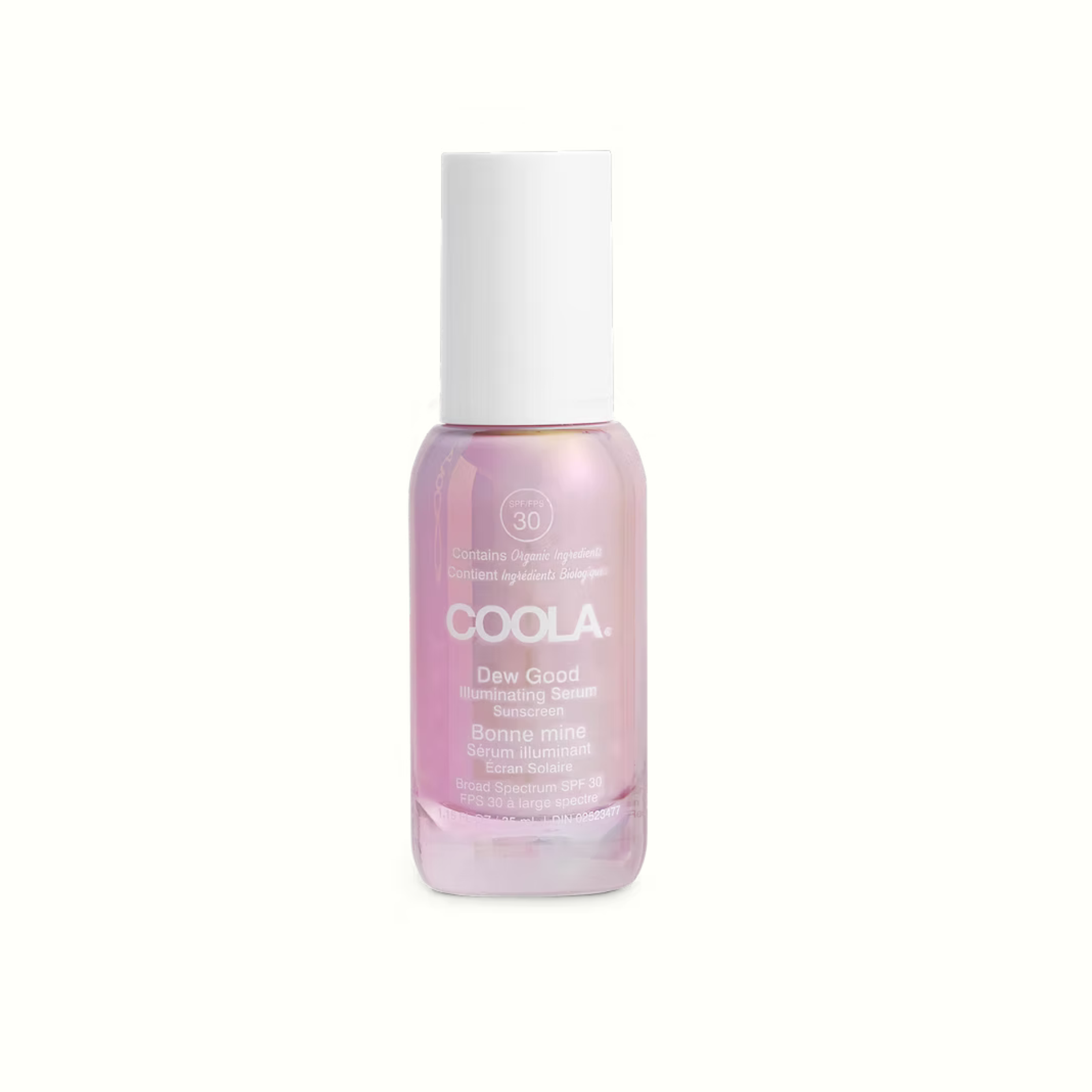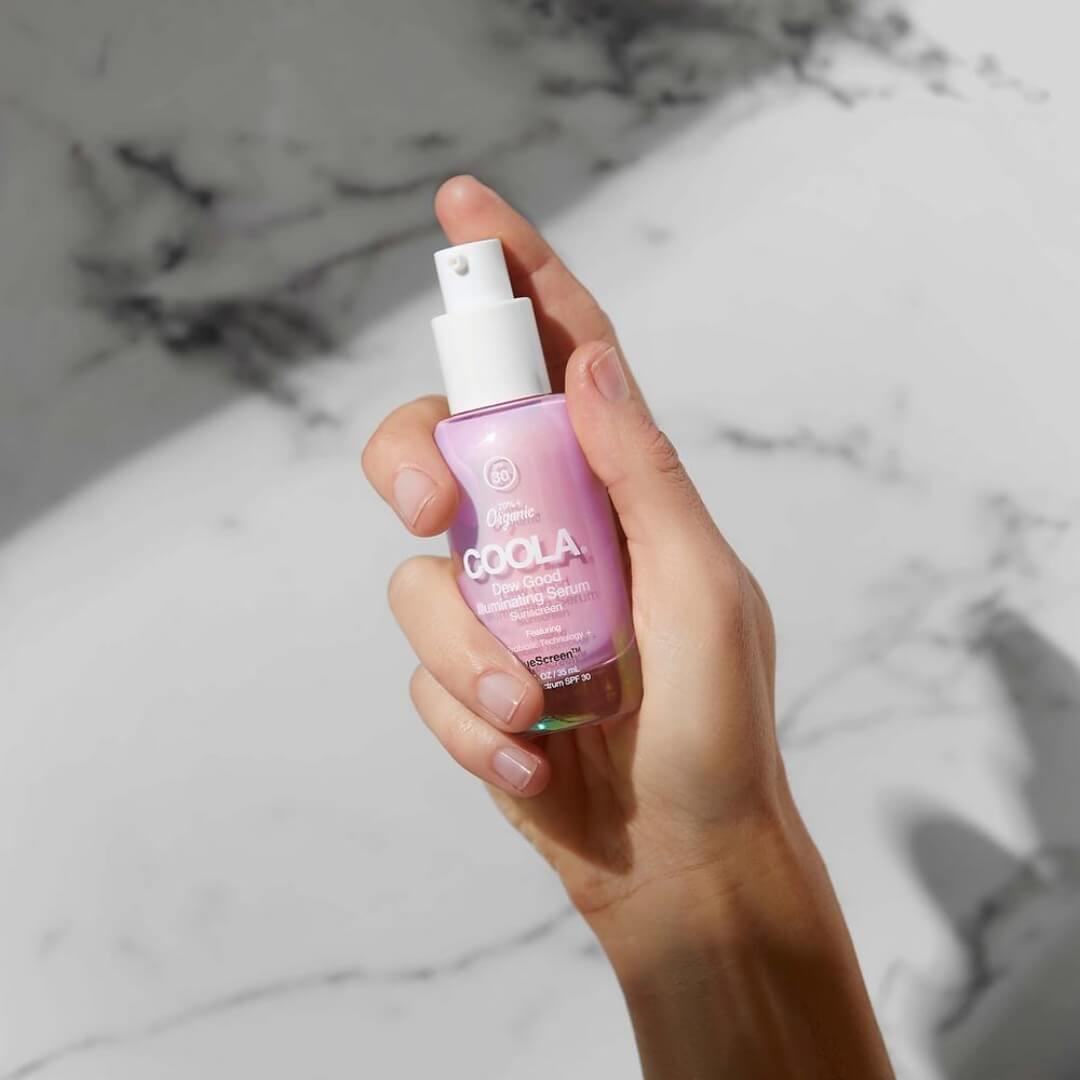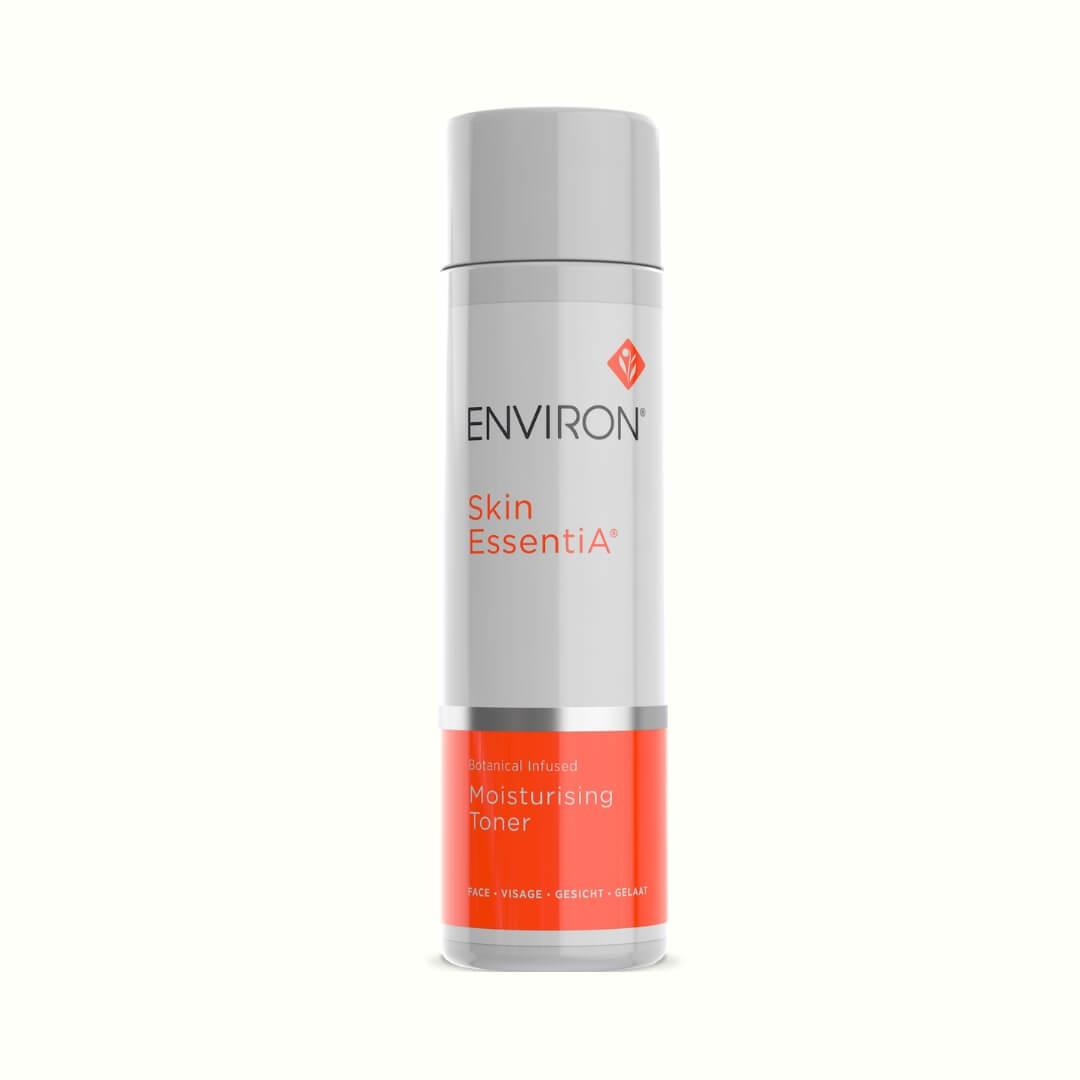If you’re into skincare, you’ve definitely heard of retinol before. You may have even tried it, experienced uncomfortable side effects, and decided it wasn’t for you. When introduced incorrectly, retinol can disrupt your skin barrier, cause flaking, and trigger inflammation. However when used correctly, it can transform your skin, from aging, to pigmentation and acne, retinol does it all.
In this blog post we’ll teach you the correct way to introduce retinol into your routine, and guide you towards some alternative forms of Vitamin A that your skin may like more. When introduced incorrectly, retinol can disrupt your barrier, cause flaking, and trigger sensitivity.
At Face Club, we believe in results without compromise—which means prioritizing skin health, barrier support, and consistency. Here’s your complete guide to starting retinol the right way.
What Does Retinol Do?
Retinol (a form of vitamin A) works by speeding up cell turnover, boosting collagen production, and unclogging pores. It's a proven treatment for:
-
Acne and congestion
-
Fine lines and wrinkles
-
Uneven skin tone and rough texture
However, without proper skin prep and supportive care, retinol can also lead to dryness, peeling, or sensitization.
Understanding the Different Forms of Vitamin A
Not all retinoids are created equal. Choosing the right form is key to a successful experience:
| Type | Available Products | Best For | When To Use |
| Retinyl Esters (Retinyl Palmitate) |
Environ AVST 1–5 |
Dehydration, Age-Prevention, Pigmentation | Morning & Evening |
| Retinol |
Environ Tri-Retinoid Serum |
Advanced Aging & Pigmentation |
Evening Only |
| Retinal (Retinaldehyde) |
Osmosis Retinal Serums |
Acne & Congestion | Evening Only |
How to Introduce Retinol Safely
Retinol is the alcohol form of vitamin A, meaning it can cause temporary irritation if the skin doesn’t have enough vitamin A receptors to receive it. It is also photosensitizing, meaning SPF is crucial in the daytime.
1. Build up your Vitamin A Receptors with Retinyl Esters
- Start with Environ AVST 1, which can be used morning and night right away thanks to its low concentration of the retinyl ester (palmitate) and added antioxidants. This will help build up your vitamin A receptors to be able to tolerate more concentration with time. Work up to AVST 5, used daily morning and night.
2. Add in Retinol
-
Once your skin is fully acclimated to level 3, you can add in Environ Tri-Retinoid Retinol Serum for a retinol boost. Begin with every other night and increase gradually.
-
We don’t recommend introducing the Retinol Serum until you’re acclimated to level 3 as your skin might not tolerate the concentration of vitamin A and have a retinoid reaction.
3. Alternate with Exfoliants
- Avoid using AHAs, BHAs, or other exfoliants on the same day as retinol. This can overstimulate the skin and compromise your barrier.
4. Prioritize Barrier Support
Barrier health determines how well your skin tolerates actives like retinol. Support it with:
-
DMS Base Cream High Classic – strengthens and replenishes the skin barrier
-
Ân-Balm Radiant Hydra-Balm – locks in hydration and calms inflammation
5. SPF 30+ Daily
-
NEVER skip your SPF, even if it’s cloudy, to protect against UV damage.
Example Routine with Retinol
Morning Routine:
-
Gentle Low Foam Gel Cleanser – Non-foaming or pH-balanced to avoid stripping the skin.
-
Moisturizing Toner - botanical toner to increase hydration and help penetrate active ingredients.
-
Environ AVST – Provides a low, steady dose of vitamin A plus antioxidants.
-
SPF 30+ – Essential to prevent UV sensitivity.
Evening Routine:
-
Gentle Low Foam Gel Cleanser – Double cleanse to remove sunscreen, makeup and pollutants.
-
Moisturizing Toner - botanical toner to increase hydration and help penetrate active ingredients.
-
2 pumps Environ AVST + 1 pump Tri-Retinoid Retinol Serum – Delivers a high-dose of vitamin A and antioxidants to the skin
-
Thin layer Ân-Balm Radiant Hydra-Balm – Use if extra hydration is needed or skin feels tight.
Why it works: AVST is a barrier-safe product that conditions the skin while gradually introducing vitamin A. You can step up to higher levels (AVST 2–5) over time.
Example Acne Routine with Retinal (Retinaldehyde)
If you have acne, we recommend using a retinaldehyde based product instead of the retinyl esters found in AVST. Our favourite is Osmosis Clarify Retinal Serum.
Morning Routine:
-
Gentle Environ Low Foam Gel Cleanser – Non-foaming or pH-balanced to avoid stripping the skin.
-
DMS Base Cream High Classic Moisturizer - barrier supporting moisturizer to hydrate and nourish the skin.
-
Coola SPF 30+ – Essential to prevent UV sensitivity.
Evening Routine:
-
Gentle Environ Low Foam Gel Cleanser – Double cleanse to remove sunscreen, makeup and pollutants.
-
Osmosis Clarify Retinal Serum - a powerful dose of retinaldehyde combined with anti-inflammatories to reduce acne breakouts, prevent scarring, and balance oil in the skin.
-
DMS Base Cream High Classic Moisturizer - barrier supporting moisturizer to hydrate and nourish the skin.
-
Thin layer Ân-Balm Radiant Hydra-Balm – Use if extra hydration is needed or skin feels tight.
Why it works: Clarify is a barrier-safe product that decongests the skin with vitamin A, mandelic acid, and beta-glucan.
Final Tips for Success
-
Introduce slowly and increase only when your skin is ready (start with retinyl ester forms (AVST 1) daily or retinaldehyde (Osmosis Clarify or Correct) on alternating nights).
-
Always wear sunscreen
-
Use barrier-repair products consistently
Ready to Start Your Retinol Journey?
Not sure where to begin? Our experts are here to help. Book a virtual skin consultation to get a personalized retinol routine tailored to your skin type, goals, and barrier health.
Let’s build a regimen that works—without the guesswork.

